Jackson Audio New Wave Stereo Analogue Chorus & Vibrato Pedal
Jackson Audio New Wave Stereo Analogue Chorus & Vibrato Pedal – Read More Details.
View more pedals made by: Jackson Audio Description
The Jackson Audio New Wave Stereo Analogue Chorus & Vibrato Pedal is in New condition and made by Jackson Audio , it is just a great Pedal Vibrato & Chorus Analogue Stereo Wave New Audio Jackson Guitar Effect Pedal- Jackson Audio New Wave Stereo Analogue Chorus & Vibrato Pedal . Available from Just Pedals for only £ 249 + delivery. Read More for details, demos & to order securely online.
About Jackson Audio
We have one of the largest online selection of new and used Jackson Audio music gear. If you are looking for your next pedal, we will have it online at JustPedals with fast delivery direct to you at home. Every item on the JustPedal menu is delivered by sellers to all areas of the USA & UK.
Analogue
An analogue guitar effect pedal is a device used by guitarists to modify the sound of an electric guitar through the use of analogue circuitry.
Unlike digital pedals, which rely on digital signal processing, analogue pedals use components such as transistors, capacitors, and resistors to manipulate the guitar signal in real-time.
This approach often results in a warmer, more natural sound that many musicians find desirable for its organic qualities.
Chorus
A “chorus” pedal is a type of modulation effect used in guitar and bass playing to create a rich, swirling sound that simulates the effect of multiple instruments playing the same part simultaneously. Chorus pedals are popular for adding depth, warmth, and movement to the guitar tone, and they are widely used across various music genres, from rock and pop to jazz and ambient.
Chorus pedals work by splitting the guitar signal into two identical paths. One path remains unaffected, while the other path is slightly delayed and modulated in pitch. The modulated signal is then mixed back with the original signal, creating the characteristic “shimmering” effect associated with chorus.
Key features of chorus pedals include:
1. **Rate**: This controls the speed at which the modulated signal’s pitch fluctuates, determining how quickly the chorus effect cycles.
2. **Depth**: Also known as intensity or mix, this adjusts the amount of modulation applied to the delayed signal. Higher depth settings produce a more pronounced and noticeable chorus effect.
3. **Delay Time**: Some chorus pedals allow you to adjust the delay time, which affects the perceived width and depth of the chorus effect. Longer delay times create a more spacious and immersive sound.
4. **Tone or EQ**: Many chorus pedals include tone or EQ controls to shape the frequency response of the chorus effect. These controls allow you to tailor the tone of the chorus to suit your preferences or match the characteristics of your guitar and amplifier.
Chorus pedals can be used in various ways to enhance your playing:
– **Thickening**: Adding a subtle chorus effect to your guitar tone can thicken it, making it sound fuller and more expansive. This is particularly useful for filling out the sound in a band mix or creating a lush, layered texture in ambient music.
– **Clean Tones**: Chorus pedals are often used with clean or lightly overdriven guitar tones to add sparkle and dimension. They can impart a sense of movement and depth to simple chord progressions or arpeggios, making them sound more dynamic and expressive.
– **Lead Tones**: When applied to lead guitar lines or solos, chorus pedals can add a touch of modulation that helps the notes stand out and sound more vibrant. This can be especially effective for achieving a “shimmering” quality in melodic passages.
Overall, chorus pedals are versatile tools that can add depth, warmth, and character to your guitar tone. Whether you’re aiming for subtle enhancement or bold modulation effects, a chorus pedal can be a valuable addition to your pedalboard.
Guitar Effect Pedal
A guitar pedal, also known as an effects pedal, is a device used by guitarists to alter the sound of their instrument in various ways. These pedals are typically small, foot-operated units that are connected in a signal chain between the guitar and the amplifier. They can modify the guitar’s tone, pitch, and dynamics by applying different effects such as distortion, reverb, delay, chorus, and more. Guitar pedals come in both analog and digital formats, and they allow musicians to create a wide range of sounds, enhancing their musical expression and creativity. They are essential tools for guitarists in genres ranging from rock and blues to jazz and electronic music.
New
Just New products for sale, unused, and in their original packaging. They come with a protected seller guarantee and include manufacturer warranties. Read more for additional details.
Pedal
A pedal is an electronic device that alters the sound of an electric guitar by applying various effects. Pedals are typically connected in a series between the guitar and amplifier, allowing guitarists to switch effects on and off with their feet while playing.
This enables musicians to quickly and easily change their sound, adding versatility and creativity to their performances.
Pedals are essential tools in many musical genres, including rock, blues, jazz, and metal, allowing artists to craft distinctive and dynamic soundscapes.
Once you buy one, you can’t stop and then you have to sell them and buy more.
Stereo
Stereo effect pedals are guitar effects pedals that process the guitar signal in stereo, providing a wider and more immersive sound experience compared to mono effects pedals. These pedals split the guitar signal into two independent channels—left and right—and apply effects separately to each channel. Stereo effects pedals can create spatial effects, enhance the stereo image, and add depth and dimension to the guitar tone. Here are some common types of stereo effect pedals:
1. **Stereo Reverb**: Stereo reverb pedals generate reverberation effects in stereo, simulating the acoustic reflections and ambience of various spaces. Stereo reverb pedals can create lush, expansive reverb tails that spread across the stereo field, adding depth and dimension to the guitar tone.
2. **Stereo Delay**: Stereo delay pedals produce delay effects in stereo, with separate delay lines for the left and right channels. Stereo delay pedals can create intricate rhythmic patterns, ping-pong delays that bounce between the left and right channels, and spatial effects that enhance the stereo image.
3. **Stereo Chorus**: Stereo chorus pedals modulate the guitar signal in stereo, creating rich, swirling modulation effects. Stereo chorus pedals can produce wide, shimmering textures that move across the stereo field, adding depth and movement to the guitar tone.
4. **Stereo Phaser**: Stereo phaser pedals modulate the phase of the guitar signal in stereo, producing sweeping, swirling effects. Stereo phaser pedals can create dynamic stereo modulation effects that move back and forth between the left and right channels, enhancing the stereo image and spatial dimension.
5. **Stereo Flanger**: Stereo flanger pedals modulate the guitar signal in stereo, producing jet-like, sweeping modulation effects. Stereo flanger pedals can create dramatic stereo sweeps and whooshing sounds that pan across the stereo field, adding movement and depth to the guitar tone.
6. **Stereo Tremolo**: Stereo tremolo pedals modulate the volume of the guitar signal in stereo, producing rhythmic amplitude modulation effects. Stereo tremolo pedals can create pulsating, stereo tremolo effects that move between the left and right channels, adding rhythmic movement and spatial dynamics.
7. **Stereo Modulation Multi-Effects**: Some multi-effects pedals feature stereo modulation effects, combining multiple stereo effects such as reverb, delay, chorus, phaser, and flanger in a single unit. These pedals offer a wide range of stereo modulation options and can create complex, layered soundscapes with enhanced stereo imaging.
Stereo effect pedals are popular among guitarists seeking to create expansive, immersive soundscapes and enhance their overall tone with spatial effects. Whether used in stereo amplifier setups, stereo pedalboard configurations, or stereo recording environments, stereo effect pedals can add depth, dimension, and movement to the guitar tone, enriching the listening experience for both players and audiences.
Vibrato
Vibrato is an effect commonly used in music, particularly in guitar playing, that involves modulating the pitch of a note to create a wavering or trembling sound. It adds a dynamic and expressive quality to the music, enhancing the richness and depth of individual notes or chords. Here’s how vibrato works and some common features of vibrato effects:
1. **Pitch Modulation**: Vibrato effect pedals modulate the pitch of the guitar signal, causing it to oscillate above and below the original pitch at a controlled rate and depth. This creates a shimmering or undulating effect similar to the natural vibrato produced by a vocalist or instrumentalist.
2. **Controls**: Vibrato pedals typically offer controls for adjusting the rate (speed) and depth (intensity) of the pitch modulation. The rate control determines how quickly the pitch oscillates, while the depth control determines the extent of the pitch modulation.
3. **Waveform Options**: Some vibrato pedals provide options for selecting different waveform shapes, such as sine wave, triangle wave, or square wave. Each waveform shape produces a different character of vibrato, ranging from smooth and subtle to choppy and pronounced.
4. **Expression Pedal Compatibility**: Many vibrato pedals are compatible with expression pedals, allowing players to control the rate or depth of the vibrato effect in real-time using their foot. This adds a dynamic and expressive element to the performance, allowing for greater control over the vibrato effect.
5. **True Bypass**: Like many other effects pedals, vibrato pedals may feature true bypass circuitry to ensure that the pedal does not color or degrade the guitar signal when it’s not in use. True bypass preserves the tone and integrity of the instrument’s sound when the pedal is bypassed.
6. **Blend Control**: Some vibrato pedals include a blend control that allows players to mix the wet (effected) and dry (unaffected) signals. This enables subtle blending of the vibrato effect with the original guitar signal, preserving clarity and definition while adding depth and texture.
7. **Vintage vs. Modern Voicing**: Vibrato pedals may offer different voicing options to emulate the characteristics of vintage vibrato effects or provide more modern and versatile tones. Vintage-style vibrato pedals often replicate the sound of classic amplifier vibrato circuits, while modern pedals may offer enhanced features and flexibility.
Overall, vibrato pedals are versatile tools for adding movement, texture, and expression to guitar tones. Whether used subtly to add warmth and depth to clean passages or dialed in for dramatic pitch modulation effects, vibrato pedals offer guitarists a wide range of creative possibilities for shaping their sound.
£299.00
Tap Tempo Control: Set the rate of the LFO with the Rate knob or the tap tempo switch Stereo In/Out Jacks: Run mono in/mono out, mono in/stereo out, stereo in/stereo out Momentary Secondary LFO Speed: Ramp up or slow down to a second LFO rate Drift Function: Gently speed up and slow down the LFO rate. Kinda like having a little robot inside your pedal moving the Rate knob up and down Random LFO Shape: In addition to sine and triangle, Julianna adds a random wave shape option to modulate the pitch of your signal
£449.18
Volume Control – Acts as a master volume for the BLOSSOM EQ Control – When the EQ control is set at the 12: 00 position, the tone of the BLOSSOM is totally flat; Clockwise – treble frequencies are increased and the bass frequencies are decreased; Counter-clockwise – treble frequencies are decreased and the bass frequencies are increased Comp Control – Turn clockwise for more compression. Balance this with the BLEND and VOLUME control Mix Control – Allows you to blend in your clean uncompressed signal with the compressed signal Can safely run from 9V-18V DC (center negative)
£39.99
11 Mode Digital Modulation adding multiple Sonic Dimensions to your Tone, providing more Possibilities for your Tonal Palate Chorus, Vibrato, Flanger, Phaser, Tremolo, Univibe, Auto Wah, Bitcrush with 3 Knob controls Tap Tempo Function for Real-time RATE Control True Bypass Footswitch of Guitar Effects Pedal keeps a clean Signal Path Guitar Effects Pedal working with 9V Center Negative Regular Pedal Power Supply(not included)
£115.00 £99.00
Classic BOSS chorus pedal with clean, brilliant sound for guitar and keyboards Effect Level, EQ, Rate and Depth knobs allow for precise shaping of sound Features Mono input and Stereo outputs for connection to dual amps BOSS five-year warranty AC adaptor not included, optional BOSS PSA adaptor recommended.
£61.23
Tone control to adjust brightness / colour of the chorus sound Rate knob to adjust the speed Level and depth knobs to adjust volume and intensity
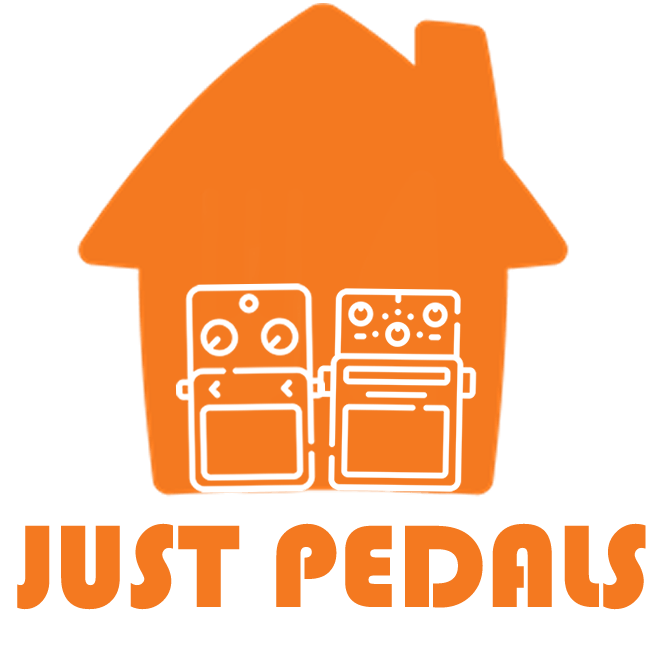
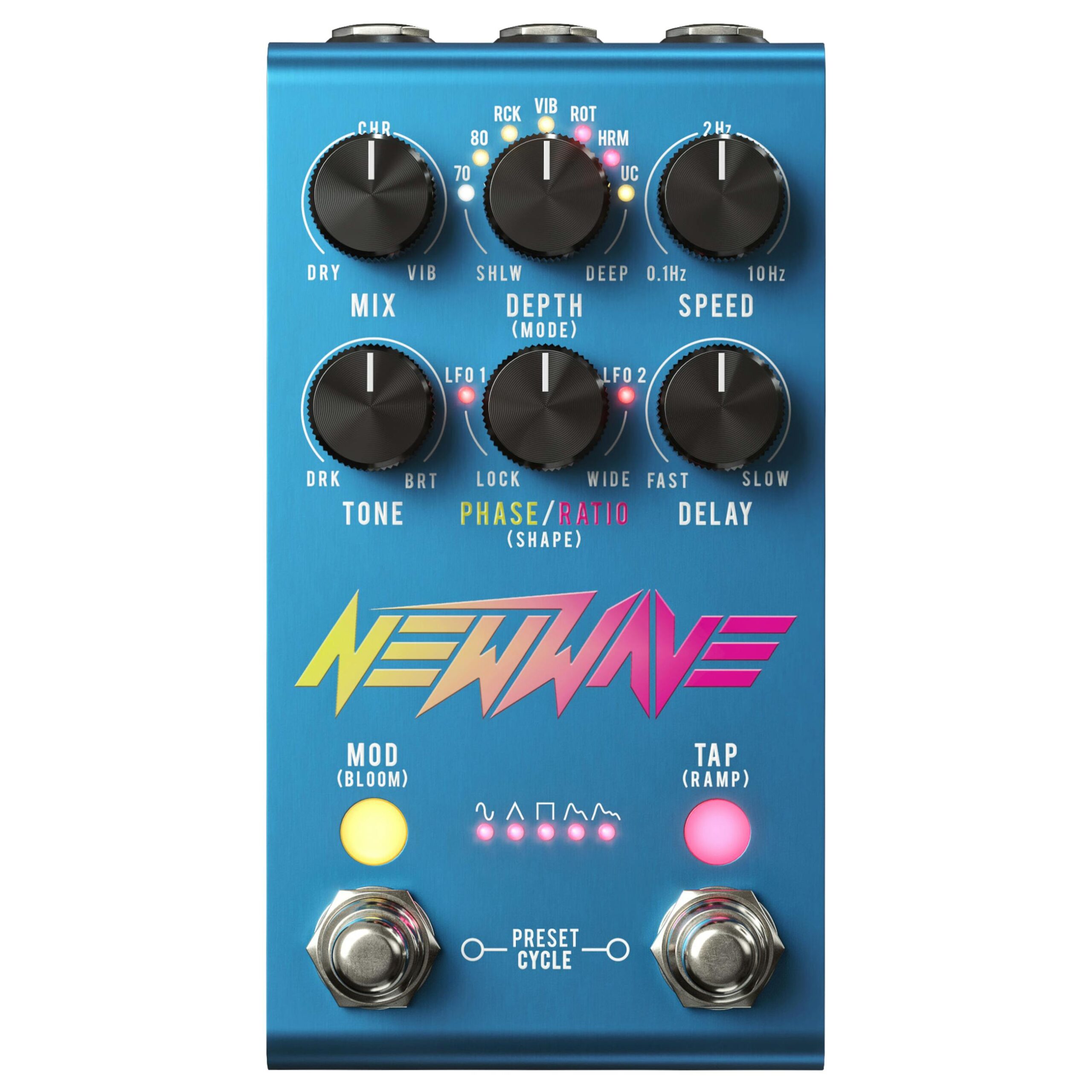

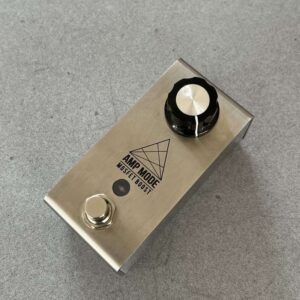
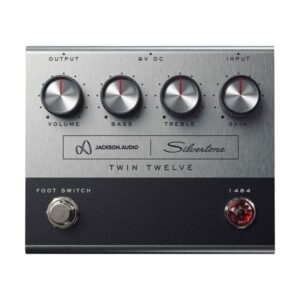
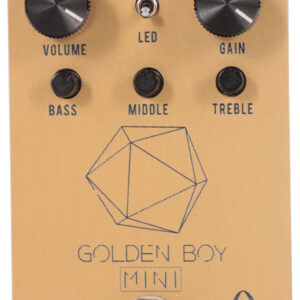





Reviews
There are no reviews yet.